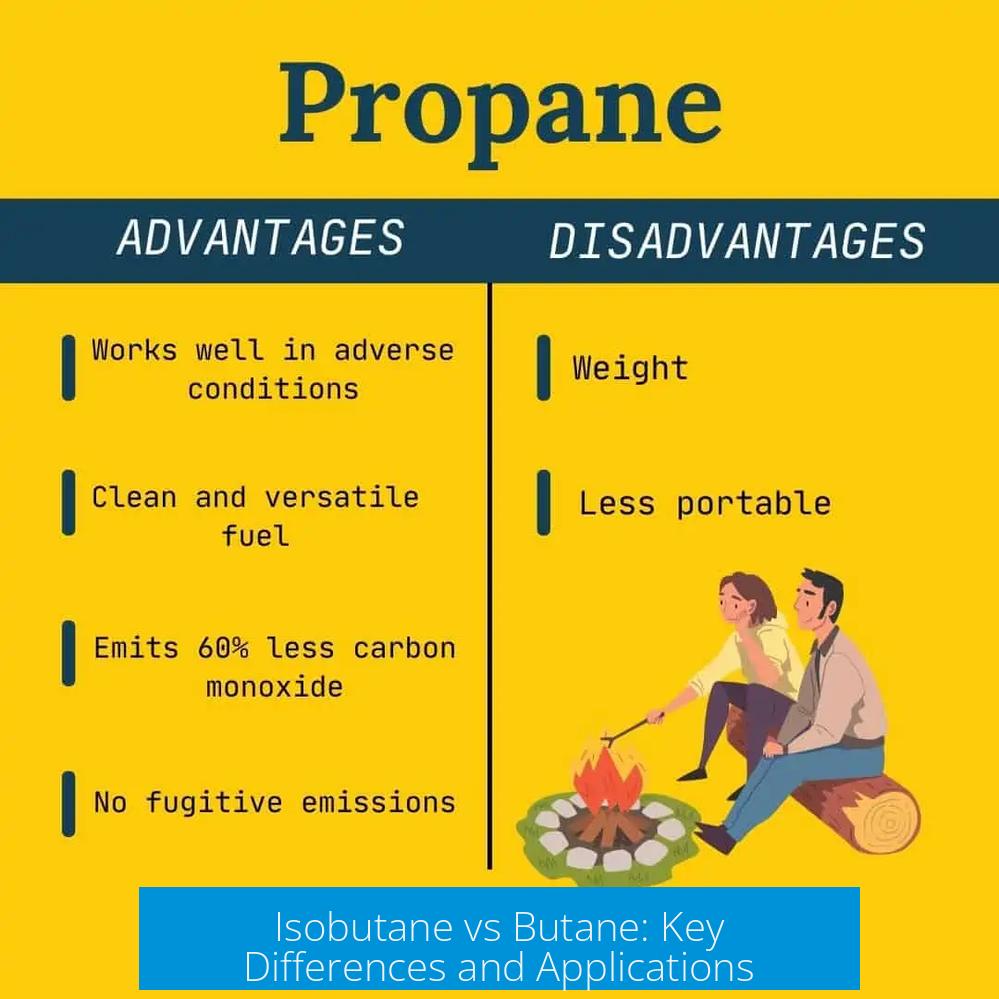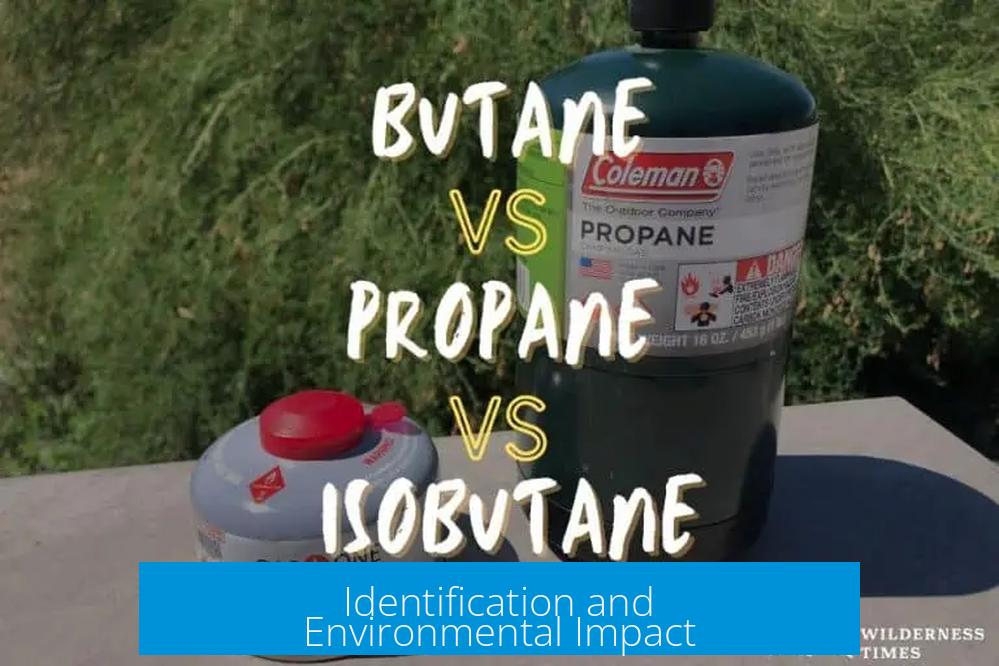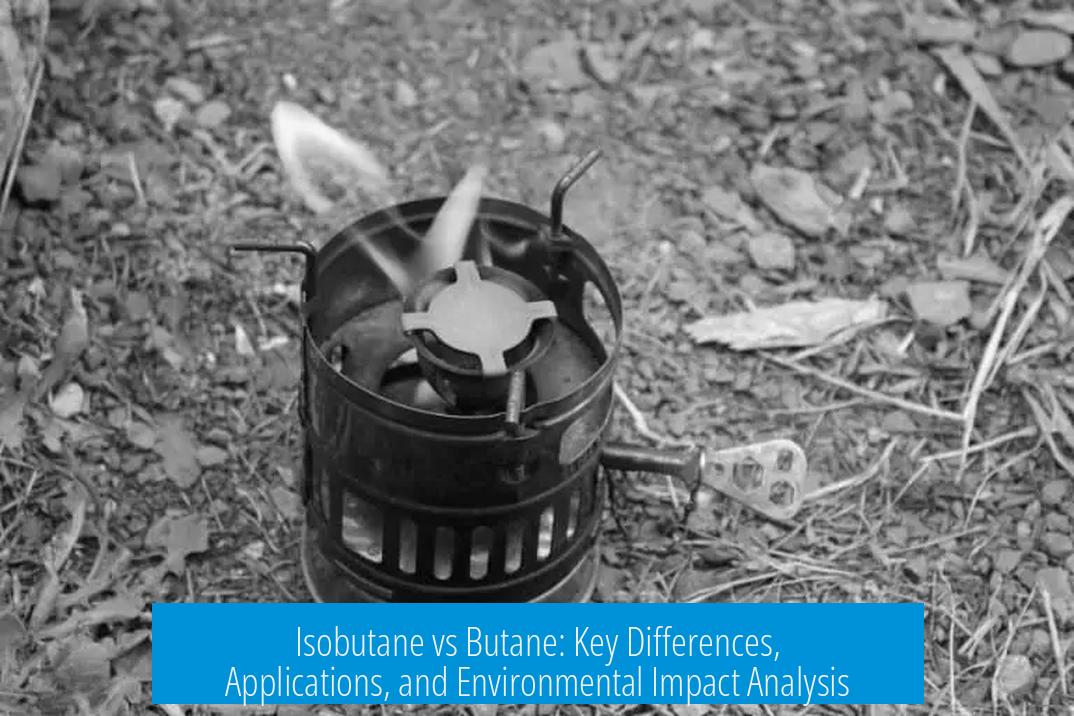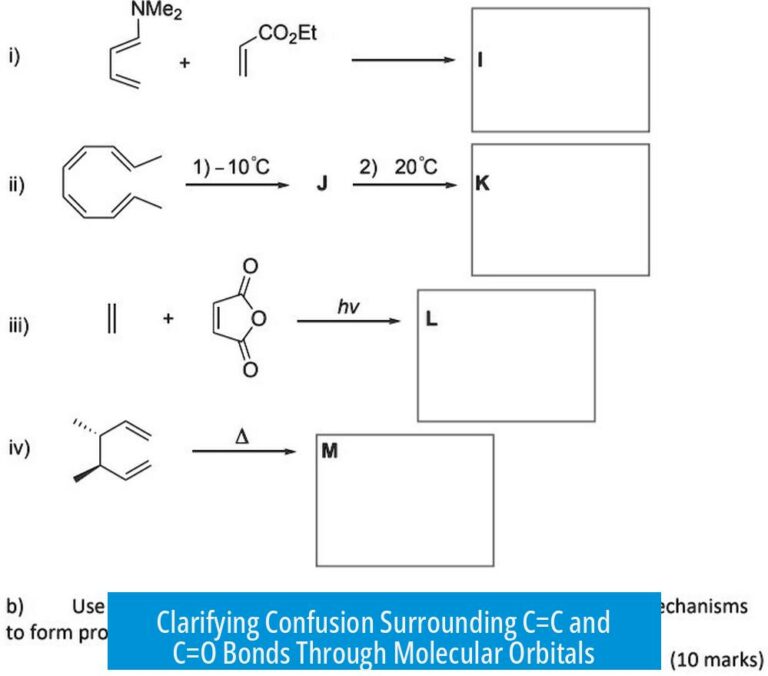Isobutane vs Butane: Key Differences and Applications

Isobutane (R600a) and n-butane (R600) differ significantly in their physical properties, efficiency, and typical applications, despite having similar environmental impacts. These differences affect their use mainly in refrigeration and cooling systems.
Identification and Environmental Impact

- R600 refers to n-butane, a straight-chain alkane.
- R600a represents iso-butane, a branched isomer.
- Both gases share roughly the same Global Warming Potential (GWP) and Ozone Depletion Potential (ODP), making them environmentally comparable.
Physical Properties
| Property | Butane (R600) | Isobutane (R600a) |
|---|---|---|
| Boiling Point | 0°C | -10.9°C |
| Vapor Pressure | Lower | Higher |
The lower boiling point and higher vapor pressure of iso-butane allow it to carry more energy during phase changes, enhancing its performance in cooling systems.
Usage and Efficiency in Refrigeration
Iso-butane outperforms n-butane in compressor-based refrigeration for several reasons:
- Greater efficiency in gas compressors
- Better physical compatibility due to reduced clearance volume
- Lower suction side pressure drop
- Reduced suction gas heating
These factors make iso-butane the preferred refrigerant in household refrigerators and evaporative cooling systems.
By contrast, n-butane has approximately 70% of the capacity of iso-butane and sees limited use in refrigeration.
Performance in Evaporative Cooling
Iso-butane’s higher vapor pressure and energy delivery improve evaporative cooling effectiveness. Its thermodynamic properties facilitate more efficient heat absorption and transfer during evaporation, making it a better choice for such applications.
Summary of Key Points
- Isobutane (R600a) and butane (R600) have similar environmental impacts.
- Iso-butane has a lower boiling point (-10.9°C) vs. butane (0°C), influencing performance.
- Iso-butane offers higher vapor pressure and better compressor efficiency.
- Butane has about 70% capacity of iso-butane and limited refrigeration use.
- Iso-butane excels in evaporative cooling and is preferred in household refrigerators.
Isobutane vs Butane: Which One Powers Your Cooler Better?
When it comes to refrigerants and cooling systems, two names often pop up: Isobutane and Butane. Both are hydrocarbons with similar chemical formulas but different structures. But the big question is—which one should you trust when cool matters most?
So, what’s the difference between Isobutane vs Butane? Simply put, Isobutane (R600a) is the superstar in refrigeration due to its higher efficiency and better physical properties, while Butane (R600) plays a more modest role, mostly in household fridges. Let’s dive deeper.
Meet the Players: Identification Basics
In the world of refrigerants, names sound technical but are simple once you know the code. R600 is n-butane, and R600a is iso-butane. These are just different molecular structures of the same formula, C4H10. They behave differently in cooling applications.
Green or Greener? Environmental Impact Comparison
Sometimes chemicals get a bad rap for messing with the environment. Fortunately, both R600 and R600a wear a green badge. They share roughly the same Global Warming Potential (GWP) and have no notable Ozone Depletion Potential (ODP). So, from a planet-friendly perspective, you can’t go wrong with either.
Why Isobutane Often Steals the Show
Isobutane’s secret lies in its performance in gas compressors. It’s more than a subtle star; it’s a true workhorse. Why? Because of its physical form factors. Engineers love how iso-butane impacts:
- Clearance volume (helping compressors work like a well-oiled machine)
- Suction side pressure drop (less pressure loss means better efficiency)
- Suction gas heating (keeps temperatures manageable)
These factors let compressors run smoother and cooler, boosting overall system efficiency.
On the other hand, Butane (R600) has only about 70% of the capacity of Isobutane. While it still finds a niche in household refrigerators, it’s not the common kid on the block like iso-butane.
Boiling Points That Make a Difference
Let’s talk temperatures. Butane boils at a chilly 0°C, while Isobutane decides to chill out even more at -10.9°C. This difference influences vaporization and cooling performance. Imagine how much more efficient iso-butane is in evaporative cooling systems because of this.
The lower boiling point means iso-butane can absorb more heat when it evaporates, carrying away an order of magnitude more energy than butane. In other words, iso-butane cools better, faster, and with less effort.
Evaporative Cooling Performance: Energy’s Best Friend
Here’s where things get interesting. Iso-butane boasts a higher vapor pressure than butane. This means it can transform from liquid to gas more readily, making it a powerhouse in evaporative cooling setups. With more energy carried away per unit mass, iso-butane amps up cooling efficiency like a pro athlete on game day.
Think of iso-butane as a super-efficient courier, delivering cold air faster and more effectively across your refrigerator or cooling device.
Practical Tips: Choosing Between Isobutane and Butane
- For appliance manufacturers: Iso-butane’s superior compressor performance and cooling capacity make it the ideal choice for modern refrigerators and freezers.
- For homeowners: If you’re considering replacing your refrigerant or buying appliances, check if your fridge uses R600a. It’s more efficient and environmentally sound.
- For engineers and designers: Factor in iso-butane’s physical properties to optimize compressor designs and improve overall system lifespan.
Does Butane Still Have a Role?
Absolutely. Butane’s simpler structure and moderate cooling capacity serve some niche applications, mainly older or budget-friendly household refrigerators. If you want less efficiency but a tried-and-true solution, it still works.
But don’t expect it to compete with iso-butane in high-efficiency setups or commercial-grade cooling.
Final Thoughts: Isobutane vs Butane
To wrap things up, if cooling power, efficiency, and modern design drive your choice, iso-butane (R600a) clearly wins the race. Its favorable physical traits, boiling point, and energy transfer capacity set it apart.
Both chemicals are environmentally friendly with comparable global warming and ozone depletion potentials. But when it comes to real-world performance and compressor efficiency, iso-butane edges ahead. It’s the preferred choice of appliance makers and a favorite in evaporative cooling.
Next time you stare at your fridge and wonder what keeps it cool, remember there’s a tiny hydrocarbon battle going on inside. And iso-butane is probably the champion quietly working behind the scenes.
What are the main differences between isobutane and butane in refrigeration?
Isobutane (R600a) has higher efficiency in compressors. It offers better suction side pressure and vapor pressure than butane (R600). Butane has about 70% of isobutane’s capacity.
Why is isobutane preferred over butane in cooling systems?
Isobutane works better in gas compressors due to its physical properties. It improves compressor performance and evaporative cooling efficiency.
How do the boiling points of butane and isobutane affect their use?
Butane boils at 0°C, while isobutane boils at -10.9°C. This difference impacts their vapor pressure and efficiency in cooling applications.
Are there environmental differences between isobutane and butane?
Both have similar global warming potential and ozone depletion values. Their environmental impact is roughly the same.
Can butane be used in household refrigerators?
Yes, butane is used in some household refrigerators but is less common compared to isobutane, which offers better performance.





Leave a Comment